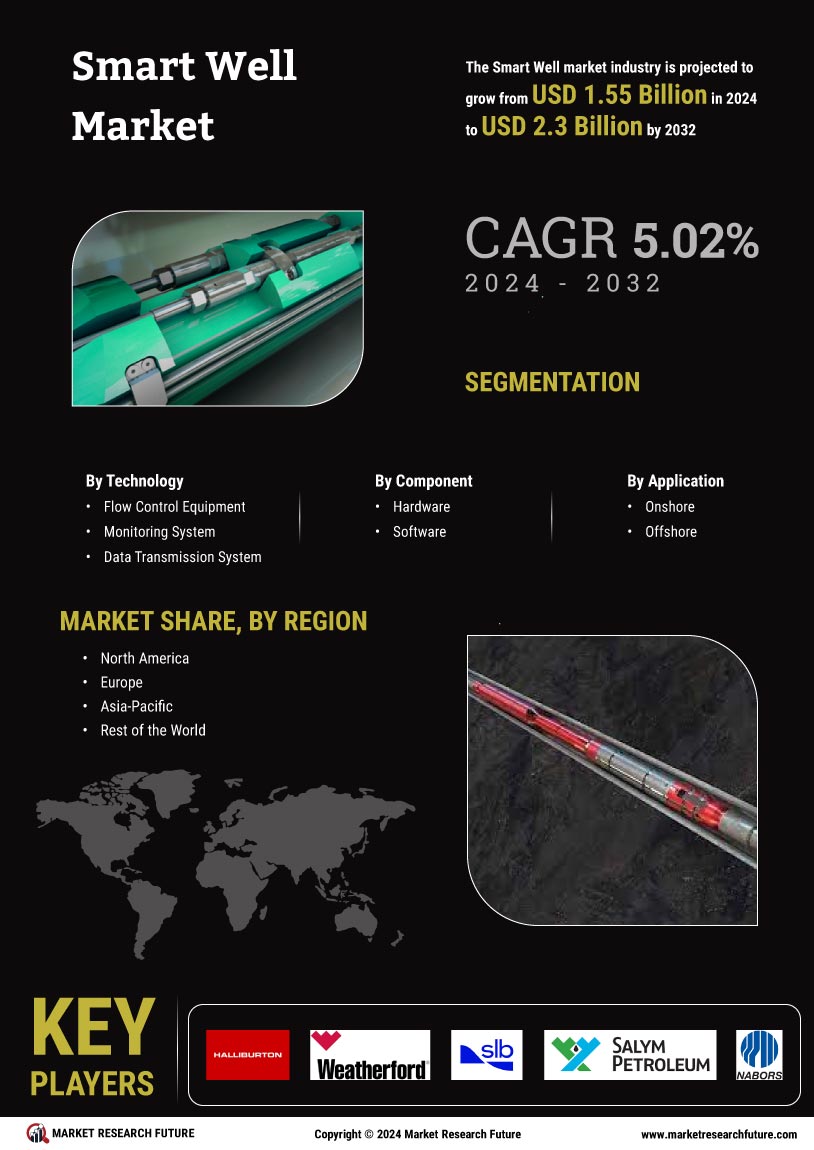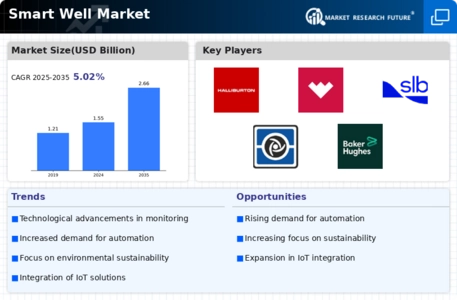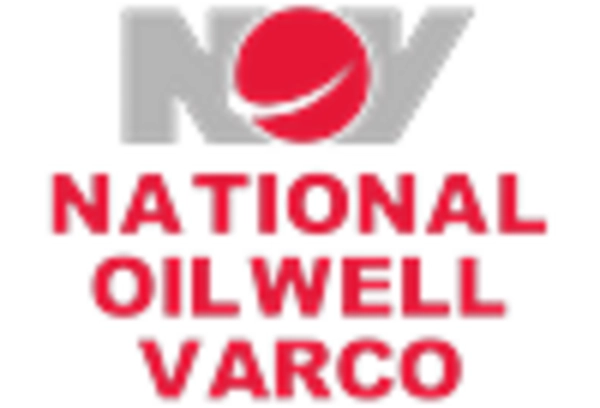Leading market players are investing heavily in research and development in order to expand their product lines, which will help the Smart Well Market, grow even more. Market participants are also undertaking a variety of strategic activities to expand their footprint, with important market developments including new product launches, contractual agreements, mergers and acquisitions, higher investments, and collaboration with other organizations. To expand and survive in a more competitive and rising market climate, Smart Well industry must offer cost-effective items.
Manufacturing locally to minimize operational costs is one of the key business tactics used by manufacturers in the Smart Well industry to benefit clients and increase the market sector. In recent years, the Smart Well industry has offered some of the most significant advantages to oil and gas industry. Major players in the Smart Well Market, including Halliburton (US), Weatherford (US), Schlumberger Limited (US), Salym Petroleum Development N.V. (Netherlands), Nabors Industries Ltd (Bermuda), INTECH Process Automation (US), Novomet (Russia), Rockwell Automation Inc (US), and others, are attempting to increase market demand by investing in research and development operations.
ABB Ltd. is a transnational Swedish-Swiss corporation with headquarters in Zürich, Switzerland. From substation to outlet, ABB's Electrification business area provides products and services. Customers include a vast array of industrial and utility enterprises, in addition to commercial and residential structures. The company has substantial exposure to a number of swiftly expanding markets, such as renewable, e-mobility, data centers, and smart buildings. Additionally, the company offers KNX systems that integrate and automate a building's electrical work, ventilation systems, security systems, and data communication networks. In 2022, ABB chose to collaborate with Think Gas.
The Think Gas Company is in the business of gas distribution. ABB has designed a system to connect, monitor, and control every day's activities across the organization, automating workflows to assist operators in enhancing safety. This development will contribute to the company's revenue growth in the coming years.
Halliburton Company is an American multinational corporation that handles the majority of hydraulic fracturing operations throughout the globe. Energy Services Group (ESG) is the largest business segment for Halliburton. Former subsidiary of Halliburton, KBR is a significant builder of refineries, oil fields, transmission lines, and chemical manufacturing facilities. Energy services, formation evaluation, electronic and consulting services, volume production optimization, and fluid systems are the most important business segments.
These businesses remain profitable, and the company is one of the world's largest participants in these service industries; it ranks second after Schlumberger, and is followed by Saipan, Weatherford International, and Baker Hughes. In June 2022, Halliburton has decided to form a joint venture with Shell to expand its tubular and intelligent completions. This development will aid the company's revenue growth in the near future.


















Leave a Comment